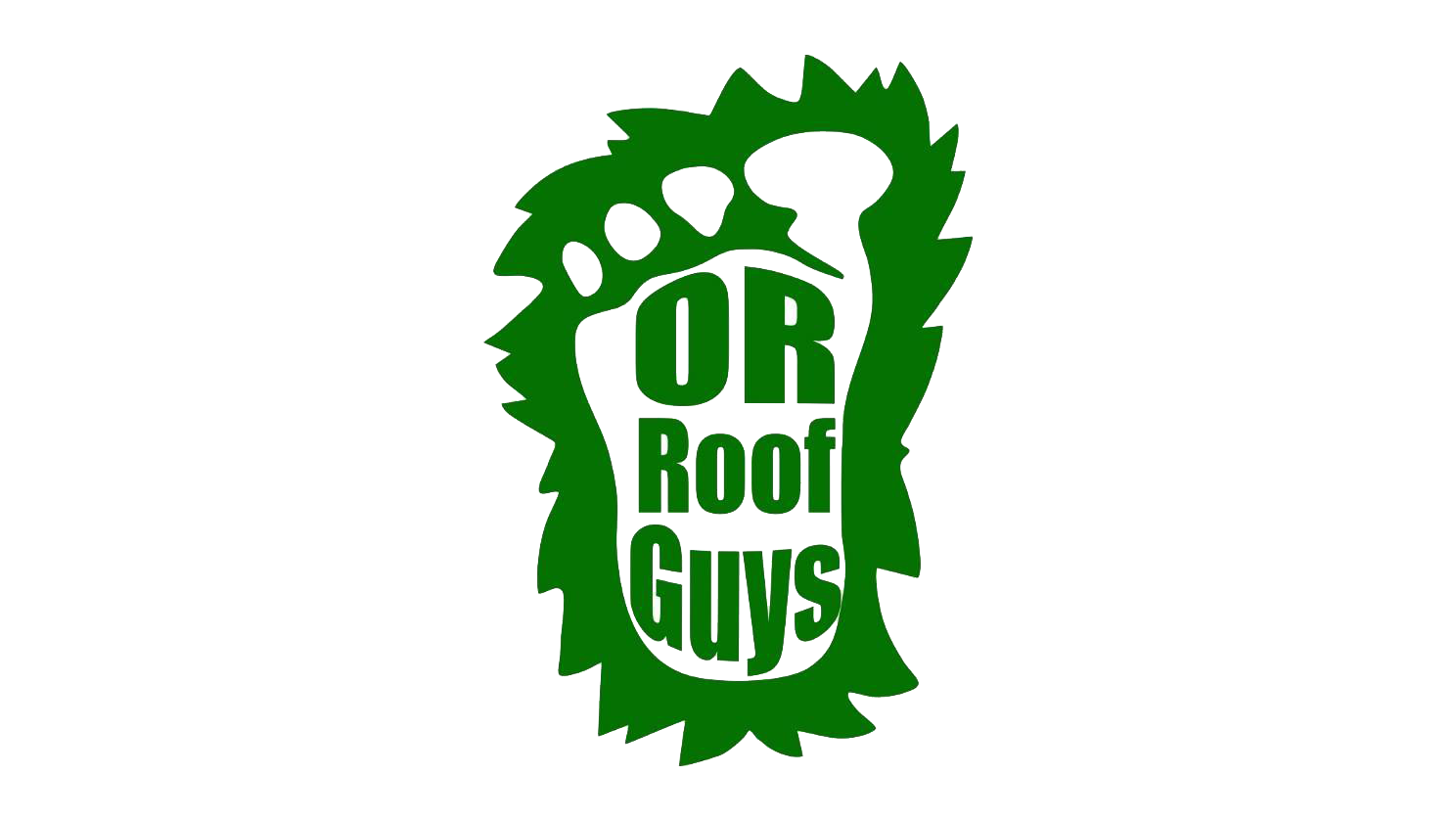Most people rarely think about their roof, until something goes wrong. However, knowing just a little bit about the different parts of the roof, and how to perform basic maintenance can prevent a variety of problems. Basic maintenance on the various parts can also ensure that when problems do arise, they are not catastrophic, requiring an entire replacement. Here’s a helpful guide briefly explaining the parts of a roof, and tips for keeping it in good condition.
DECKING (SHEATHING)
Beneath the shingles, you’ll find the roof decking, also known as the sheathing. It is the plywood that covers the top of your home. It is also the wood that will absorb the nails that hold your shingles in place. To keep the decking in good condition, you’ll need to properly insulate the attic where applicable, and check to ensure the decking is dry periodically (once every three months).
DRIP EDGE
The metal that is installed at the edge of the decking is called a drip edge. The purpose of the drip edge is to prevent water from saturating the decking and fascia. To maintain your drip edge, plan to clean it once a year, using a hose, brush, and some soap to remove debris.
ICE/WATER SHIELD
In roof valleys (where two edges meet) it’s important to place ice and water shields to prevent any water that does seep through shingles from damaging your decking. Since the ice shield is beneath the shingles, the best way to maintain it is by keeping your shingles in good condition.
FASCIA
Fascia boards are the parts that are placed behind your gutter and cover the roof line. The purpose of the fascia boards is to provide a mounting surface for gutters while covering rafters. Fascia boards also help your roof to look attractive. The best way to maintain these boards is by cleaning your gutters twice a year and inspecting the roof regularly.
UNDERLAYMENT (UNDERLAY MEMBRANE)
Between your roof decking and shingles is the roof underlayment which is installed to protect your decking from the elements. Underlayment is made of asphalt-saturated felt, rubberized asphalt, or synthetic material.
JOINT COVERS (FLASHING)
Joint covers made of steel, aluminum, or plastic serve as molding that prevents water from infiltrating the shingles near chimneys, plumbing vents, and vents. You should examine the flashings yearly to look for signs of rust, cracks, or loose sealant joints.
SHINGLES
Asphalt shingles are the visible parts of a roof. They are nailed to the decking and serve as the primary waterproof barrier, to protect your home from water damage. To maintain your shingles, inspect them twice a year. You may also wish to trim trees to prevent excess debris from accumulating. Missing shingles or shingles that are curling or peeling should be repaired as soon as possible. If you find moss or algae growing on the shingles, you’ll want to use a moss or mold remover rather than a power washer to clear it from the shingles.
ADDITIONAL/OPTIONAL PARTS OF A ROOF
Depending upon the type of roof you have, they may include your attic, a saddle (chimney structure), vents, deflectors, and plumbing vent. To save money on costly repairs and replacement, it’s best to examine all visible parts at least once a year. If you don’t have the tools or time, you can always schedule a professional inspection.
ROOF DAMAGE IN LANE COUNTY: SHOULD YOU REPAIR OR REPLACE YOUR ROOF?
If you have damage that extends deeper than your shingles, it is time for a replacement. Replacing your roofing can save you thousands of dollars in utility bills and potential water damage. Oregon Roof Guys is a top-reviewed roof replacement company in Eugene, Oregon. For a free evaluation and estimate, call us today!

